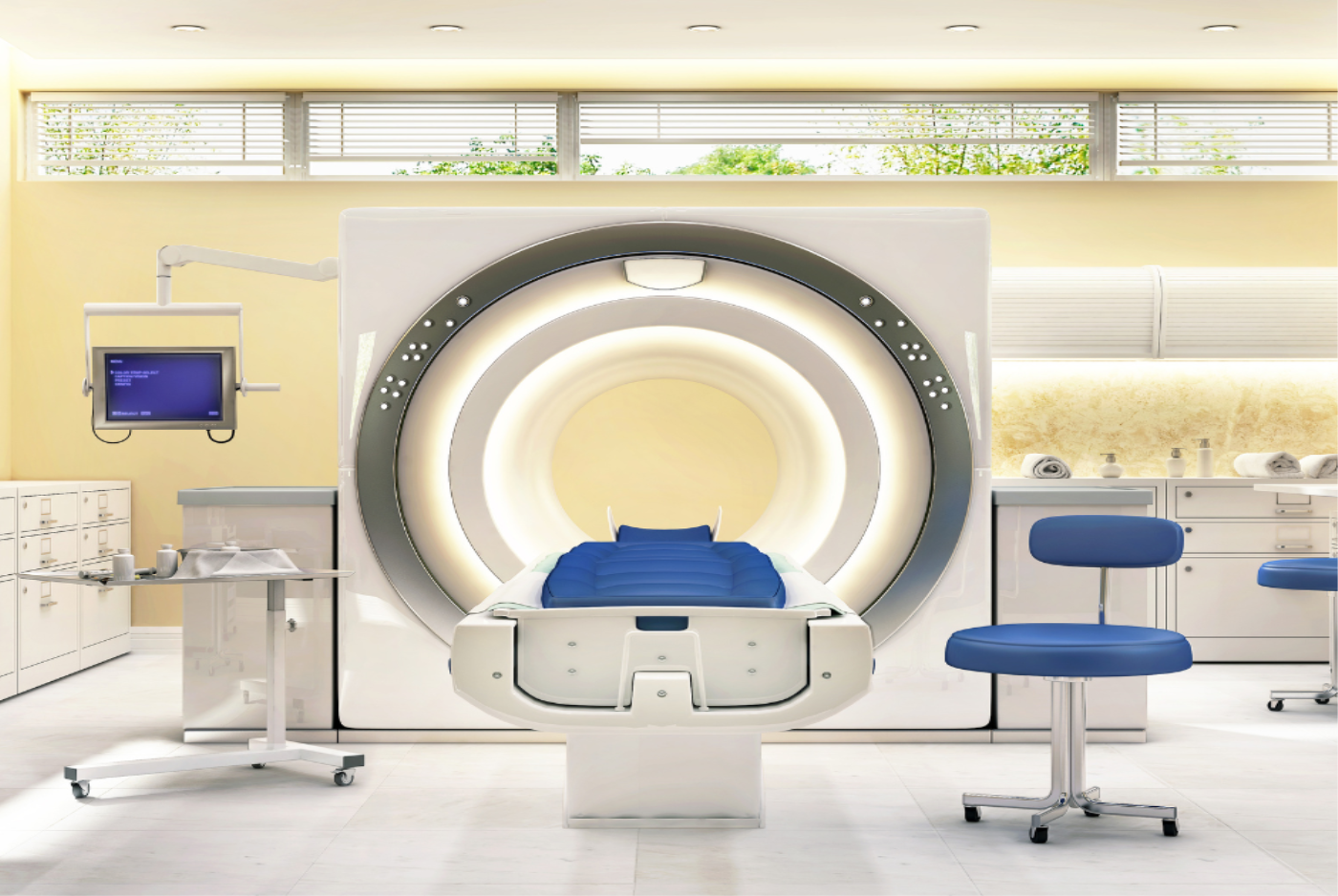In 2023, several key trends are reshaping healthcare design to make hospitals more patient-centric, sustainable, adaptable, and resilient. These trends are driven by the evolving needs of the healthcare industry and the recognition of the importance of creating environments that support both patient and staff well-being. Here are the key trends outlined in the article:
Fostering Patient and Caregiver Wellness: Healthcare facilities are focusing on creating environments that promote well-being, reduce stress, and enhance the overall patient experience. Design practices that prioritise patient wellness include incorporating natural daylight, softer lighting, Zen spaces, and gardens. These elements have been shown to reduce anxiety in patients and provide a calming effect on staff members. Additionally, staff wellness is being prioritised through the design of spaces where employees can take breaks and recharge, featuring comfortable furnishings, soft colour palettes, and quality acoustics.
Equitable Healthcare: There is an emphasis on making healthcare services accessible to all, including those who rely on public transportation and bilingual services. Designers are engaging in community gathering meetings to understand the unique needs of the populations served by healthcare facilities.
Adaptability and Resilience: The past few years have highlighted the need for healthcare facilities to be adaptable and resilient in the face of unpredictable events, such as global pandemics and extreme weather conditions. Hospitals are incorporating flexible design elements, such as moveable walls and multi-use spaces, to enable seamless transitions between different uses. Strategies like insulating pipes and creating redundant systems are also being implemented to ensure continued operations during electrical grid failures. The use of microgrids and sustainable energy sources helps mitigate risks associated with dependence on conventional power sources.
Sustainability-Driven Design: Healthcare facilities are recognizing the importance of sustainable design to address climate change and reduce energy consumption. Despite initial costs, sustainable design elements are being incorporated into healthcare facilities to save energy and reduce their environmental impact. This includes the use of renewable energy sources, green power, and sourcing local and regional sustainable materials to reduce emissions and air pollutants. Sustainability-driven design aims to create greener healthcare facilities that benefit both people and the planet.
These trends reflect a shift toward more holistic and patient-centred healthcare design, where the physical environment plays a critical role in improving patient outcomes, enhancing staff satisfaction, and contributing to a sustainable future. Healthcare architects and designers are at the forefront of these changes, ensuring that healthcare facilities continue to serve their communities as beacons of hope and quality care.
There are several important trends in behavioural health facility design that prioritise patient well-being, safety, cultural competency, and holistic care. These trends reflect a growing awareness of the significance of the physical environment in supporting mental health and recovery. Here are the key trends discussed:
Autonomy in Design: Behavioural health facilities are increasingly designed to give patients a sense of autonomy and control over their environment. This includes allowing patients to regulate their personal spaces, such as controlling blinds or having private or semi-private rooms. Empowering patients to make choices regarding their surroundings can positively impact their engagement in treatment and reduce stress levels.
Social Spaces: Designers are incorporating social spaces within behavioural health facilities to encourage interaction among patients. These spaces are carefully designed to promote socialisation while respecting the need for personal space and comfort. Creating environments where patients can connect with each other can enhance their sense of belonging and support their recovery.
Outdoor Spaces: Outdoor spaces are prioritised in many behavioural health facilities. These spaces provide patients with the opportunity to access nature, which can have a calming effect. Gardens and courtyards are designed with safety features to ensure that patients can self-regulate and socialise outdoors, contributing to their overall well-being.
Cultural Competency: Cultural competency is a fundamental consideration in designing facilities for specific communities. Designers collaborate with providers to understand cultural nuances and create spaces that address the unique needs of different patient populations. For example, facilities for indigenous communities may include spaces for traditional activities and ceremonies, as well as family-focused areas.
One-Stop-Shop Strategies: Many behavioural health providers are adopting a one-stop-shop approach by co-locating different levels of care on a single campus. This integration includes physical health services, behavioural health treatment, and community resources. This approach streamlines access to care and ensures that patients receive comprehensive support in one location. Designers must create versatile spaces that accommodate a wide range of services and stakeholders within these campuses.
These trends underscore the importance of designing behavioural health facilities that are not only therapeutic but also culturally sensitive, supportive of patient autonomy, and conducive to social interaction and outdoor access. A well-designed environment can play a significant role in promoting healing, recovery, and overall well-being for individuals seeking behavioural health treatment.
https://bhbusiness.com/2023/08/25/the-4-trends-driving-behavioral-health-facility-design/
